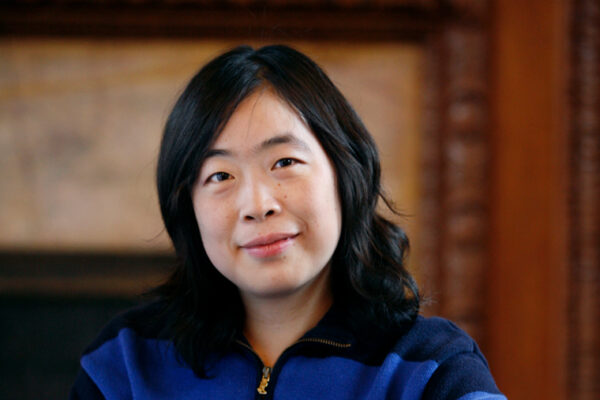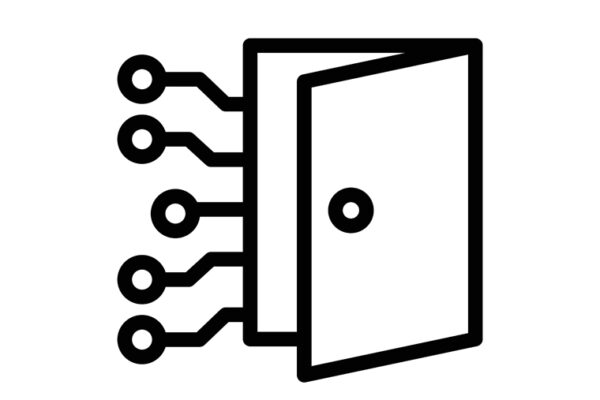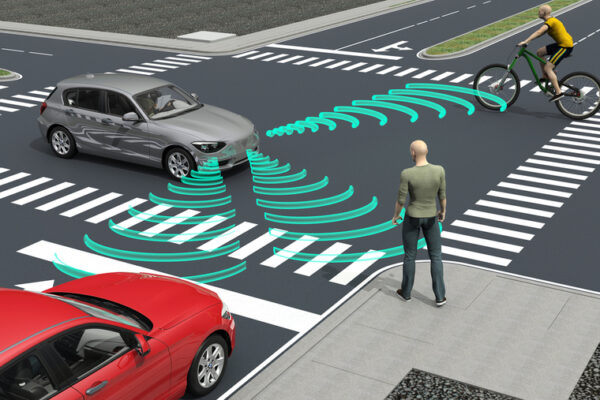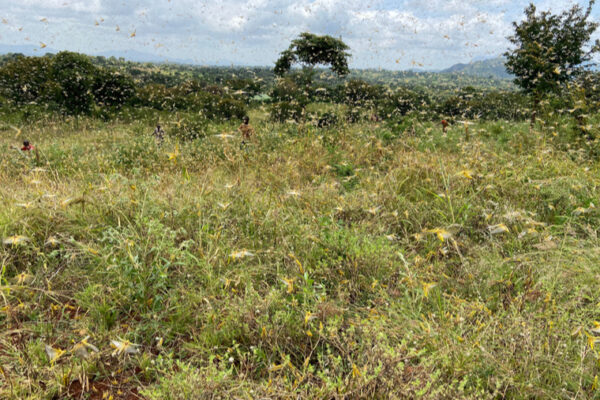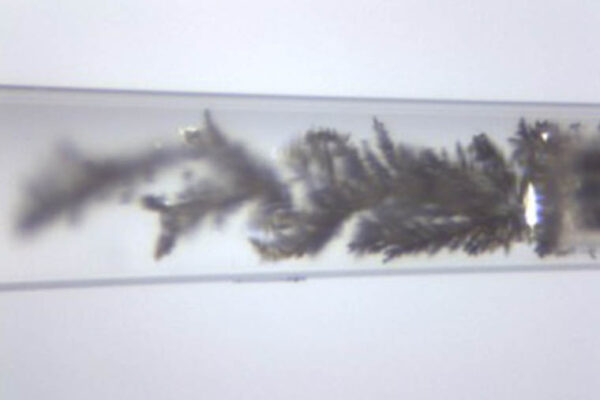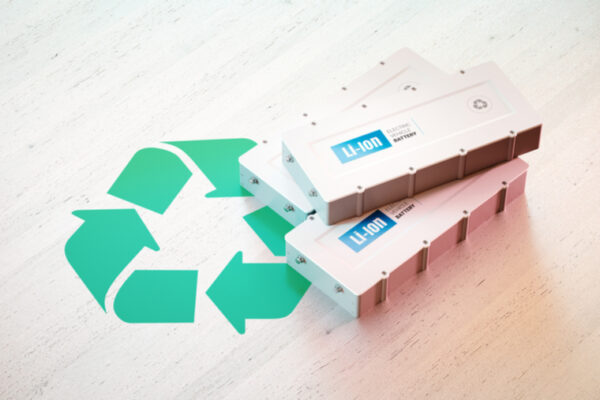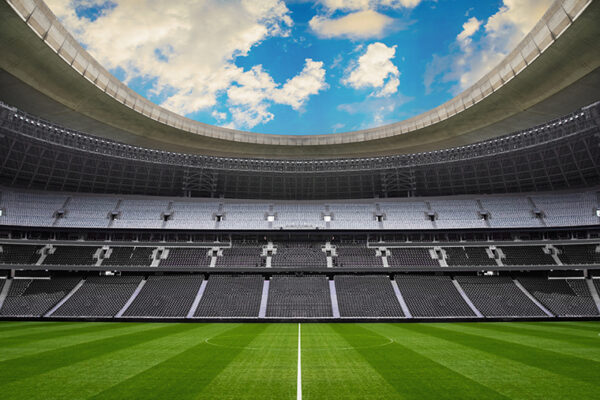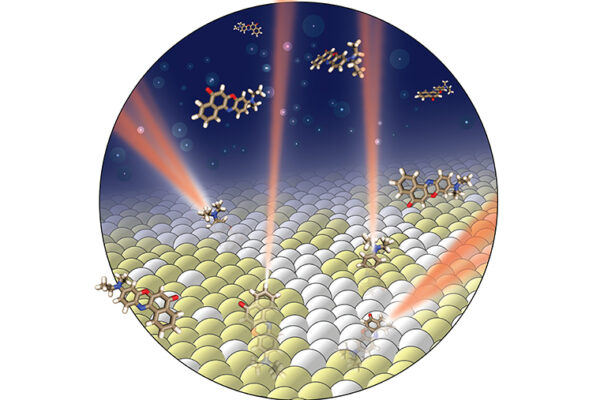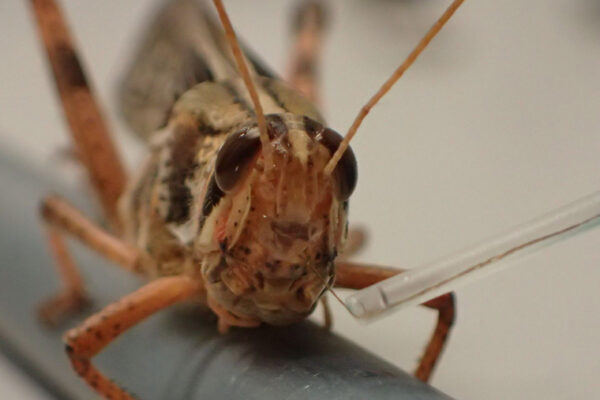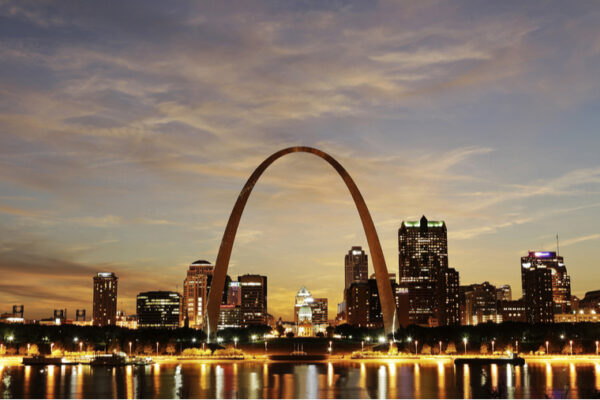Yang named 2020 APS Fellow
Lan Yang, the Edwin H. & Florence G. Skinner Professor of Engineering at the McKelvey School of Engineering, has been elected a 2020 Fellow of the American Physical Society.
Juba receives CAREER award for artificial intelligence research
Brendan Juba at the McKelvey School of Engineering at Washington University in St. Louis will take a close look at relationships and generalization in artificial intelligence with a National Science Foundation CAREER award.
McKelvey School of Engineering seeks to land artificial intelligence center
A team of engineers and computer scientists at the McKelvey School of Engineering, along with multi-disciplinary collaborators at other institutions, will work over the next two years to prepare a proposal for one of the National Science Foundation’s National Artificial Intelligence (AI) Research Institutes.
Universities join forces to understand locust swarming
One locust is harmless, a swarm can be devastating. A new multi-institutional, multi-disciplinary project involving a researcher at Washington University in St. Louis aims to understand how swarms arise — and how to combat them.
Solving a current mystery
Lithium ion batteries that shouldn’t short circuit often do. Now researchers at the McKelvey School of Engineering have figured out why, and they have devised a straightforward way to tell if and when that will happen for individual batteries.
Materials in lithium-ion batteries may be recycled for reuse
A team of engineers from the McKelvey School of Engineering at Washington University in St. Louis conducted a feasibility study for electrochemical “refilling” of lithium-ion batteries into the spent electrodes to regenerate useful compounds.
Take me back to the ballgame — and other sports venues
A new tool using math has been designed to help sports franchises keep the fan experience at stadiums and arenas the safest it can be in this era of COVID-19. The formula was developed in part by John E. McCarthy, the Spencer T. Olin Professor of Mathematics in Arts & Sciences and chair of the Department of Mathematics and Statistics at Washington University in St. Louis.
Using light’s properties to indirectly see inside a cell membrane
Using properties of light from fluorescent probes is at the heart of a new imaging technique developed at Washington University’s McKelvey School of Engineering that allows for an unprecedented look inside cell membranes.
Researchers one step closer to bomb-sniffing cyborg locusts
Research from the McKelvey School of Engineering at Washington University in St. Louis has determined that locusts can smell explosives and determine where the smells originated — an important step in engineering cyborg bomb-sniffing locusts.
Building the power plant of the future
The federal Office of Fossil Energy has granted researchers at the McKelvey School of Engineering nearly $7 million to refine a new power plant that’s suitable for fossil fuels and renewables — and will emit almost no carbon.
Older Stories
